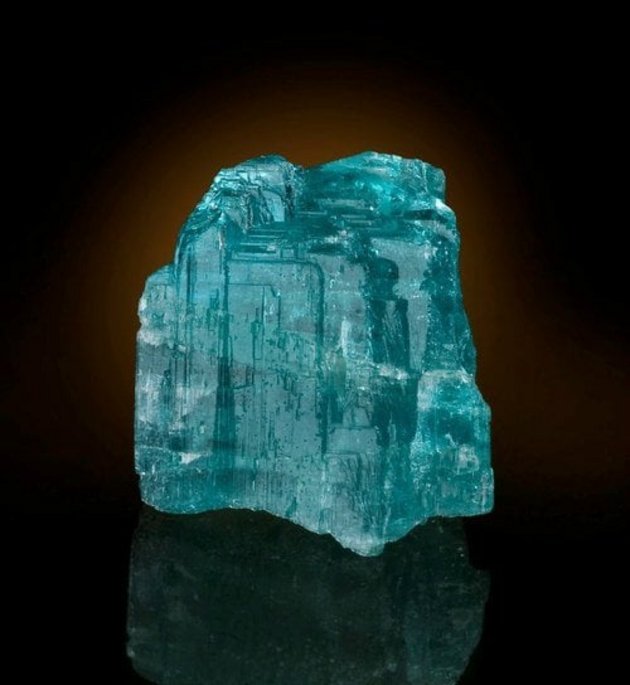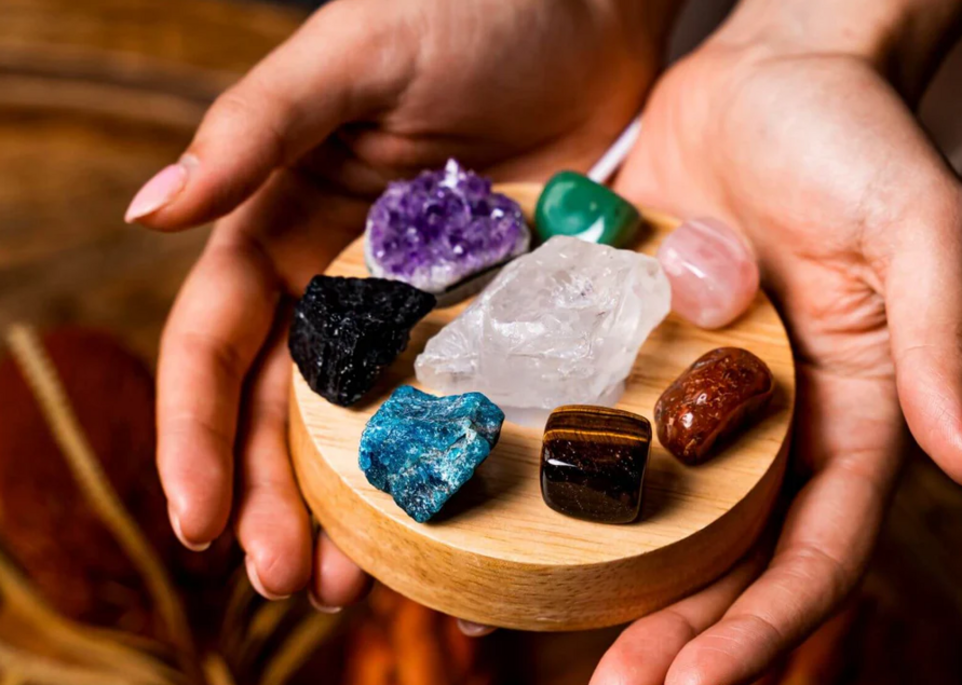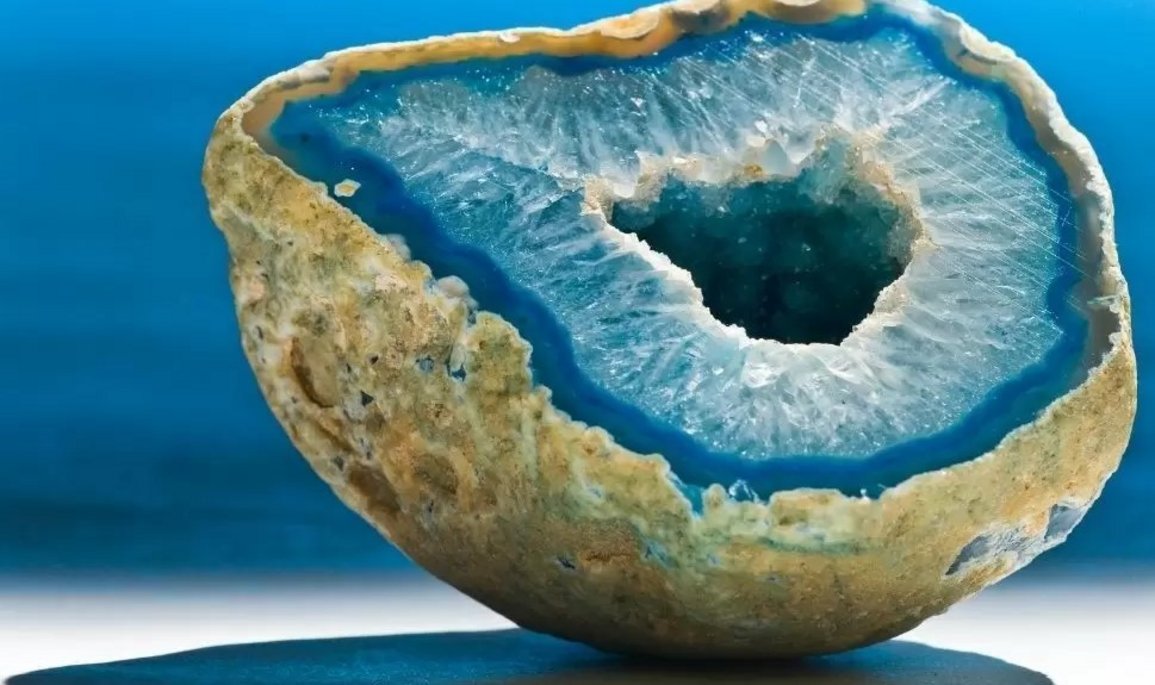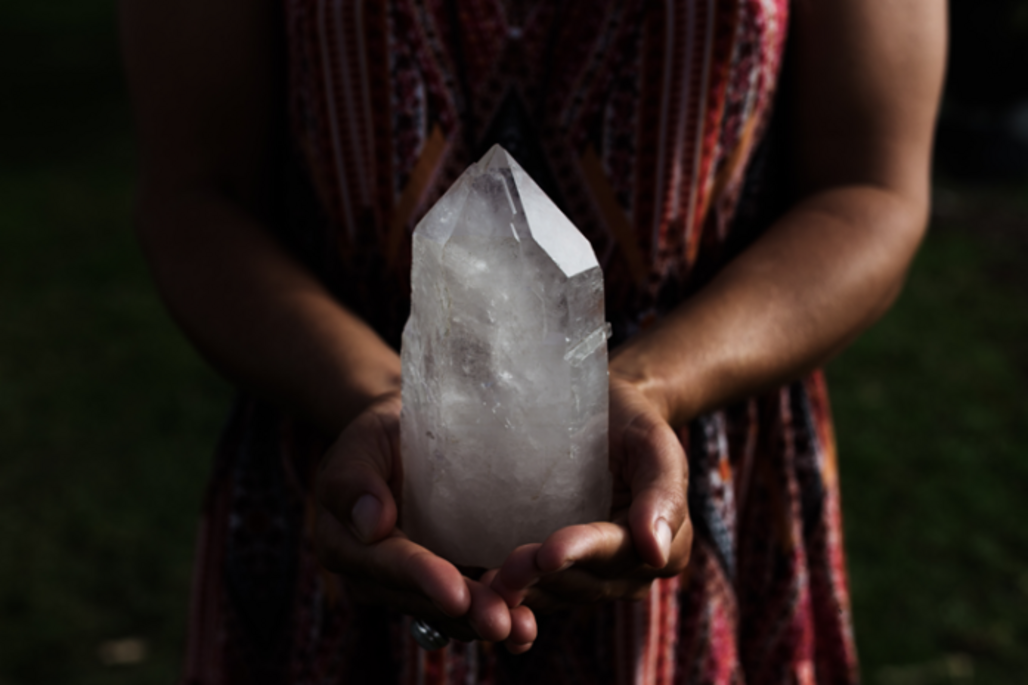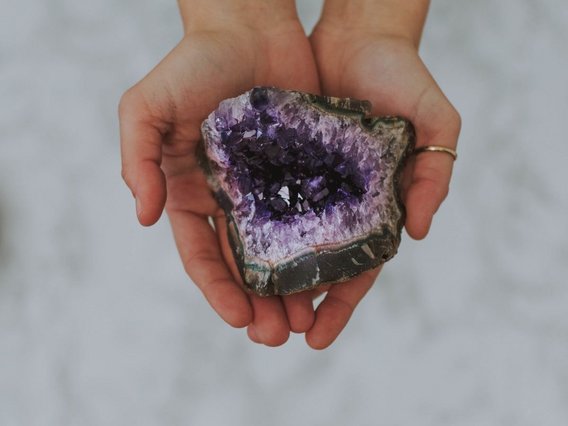
Brazil is widely recognized for its mineral diversity, and among the treasures that emerge from the national subsoil, gems occupy a prominent place. The history of Brazilian gems is intertwined with the country's economic formation, driving production chains that generate billions of reais annually and maintaining a deep connection with culture, art, and national identity. In this article, we explore the historical, economic, and symbolic relevance of Brazilian gems, their role on the global stage, and the challenges surrounding this industry, which is as valuable as it is complex.
